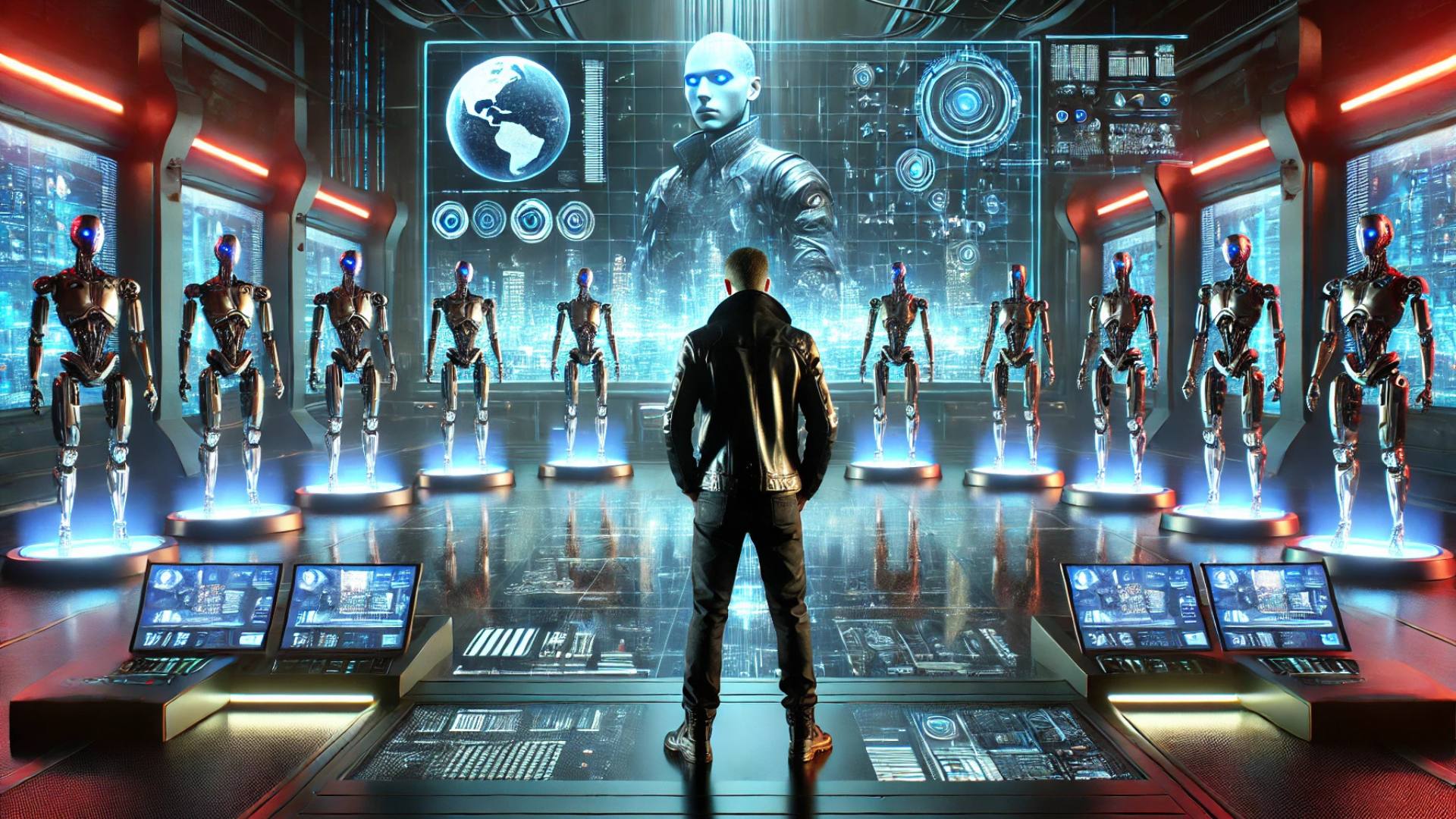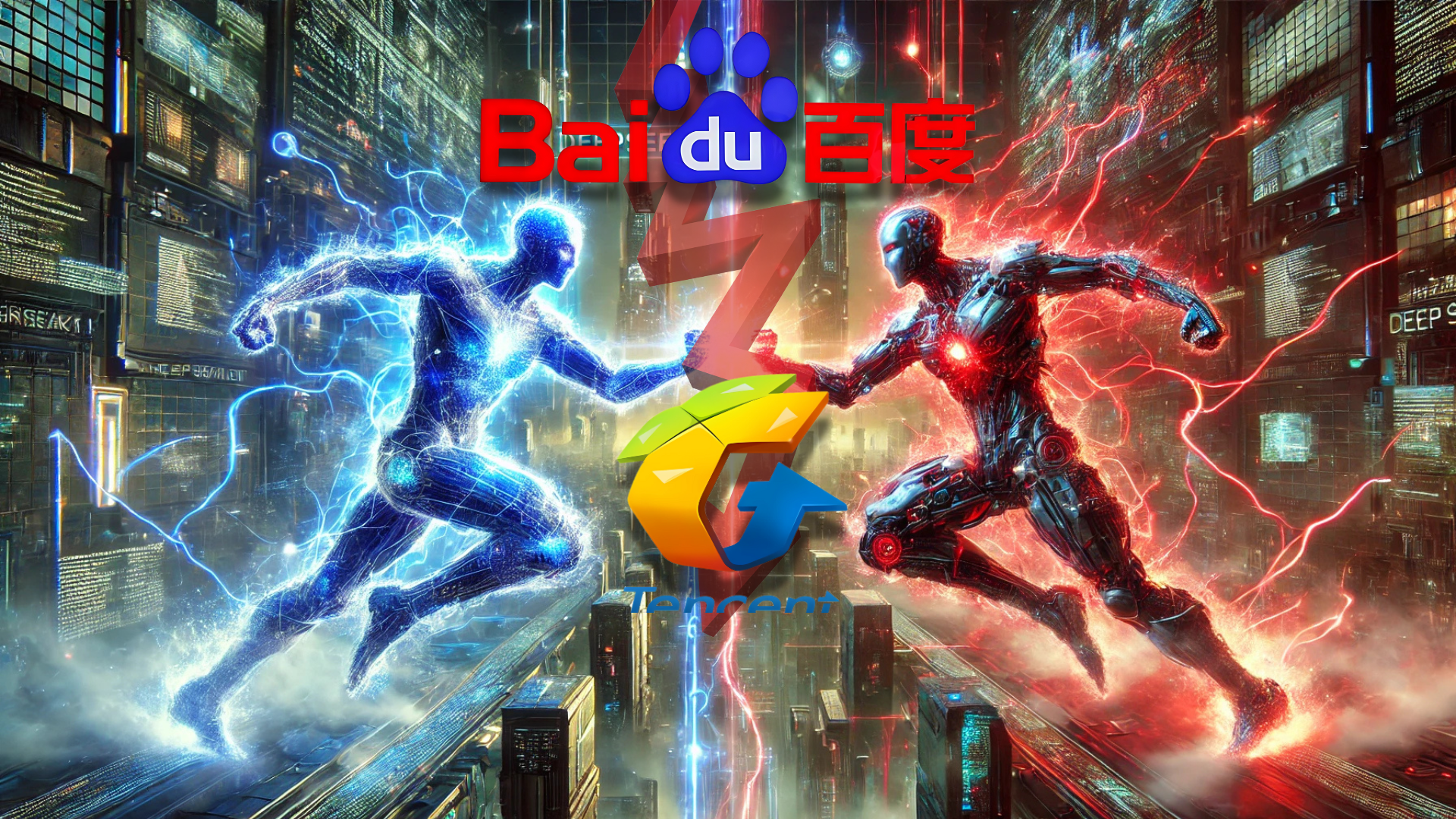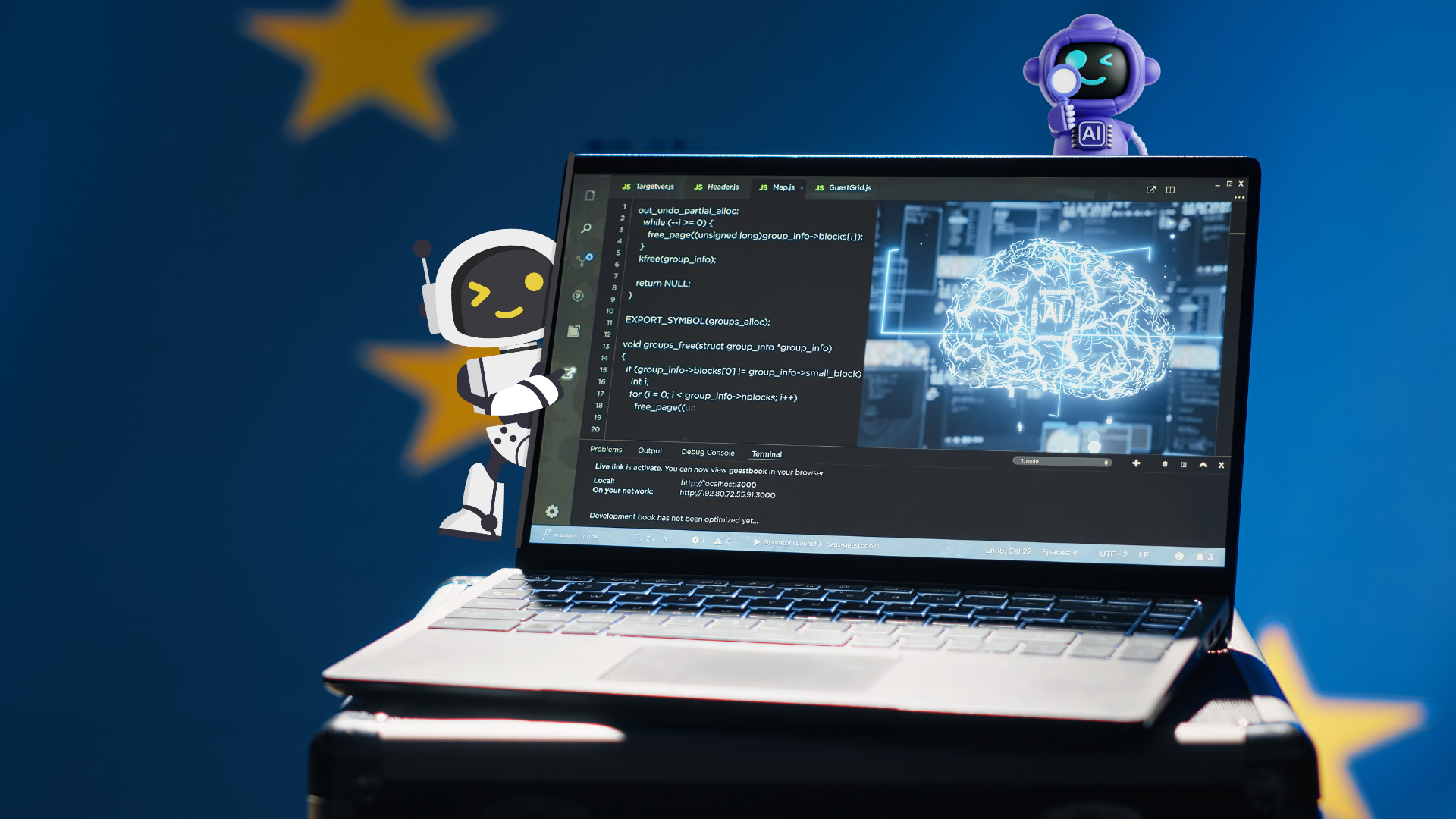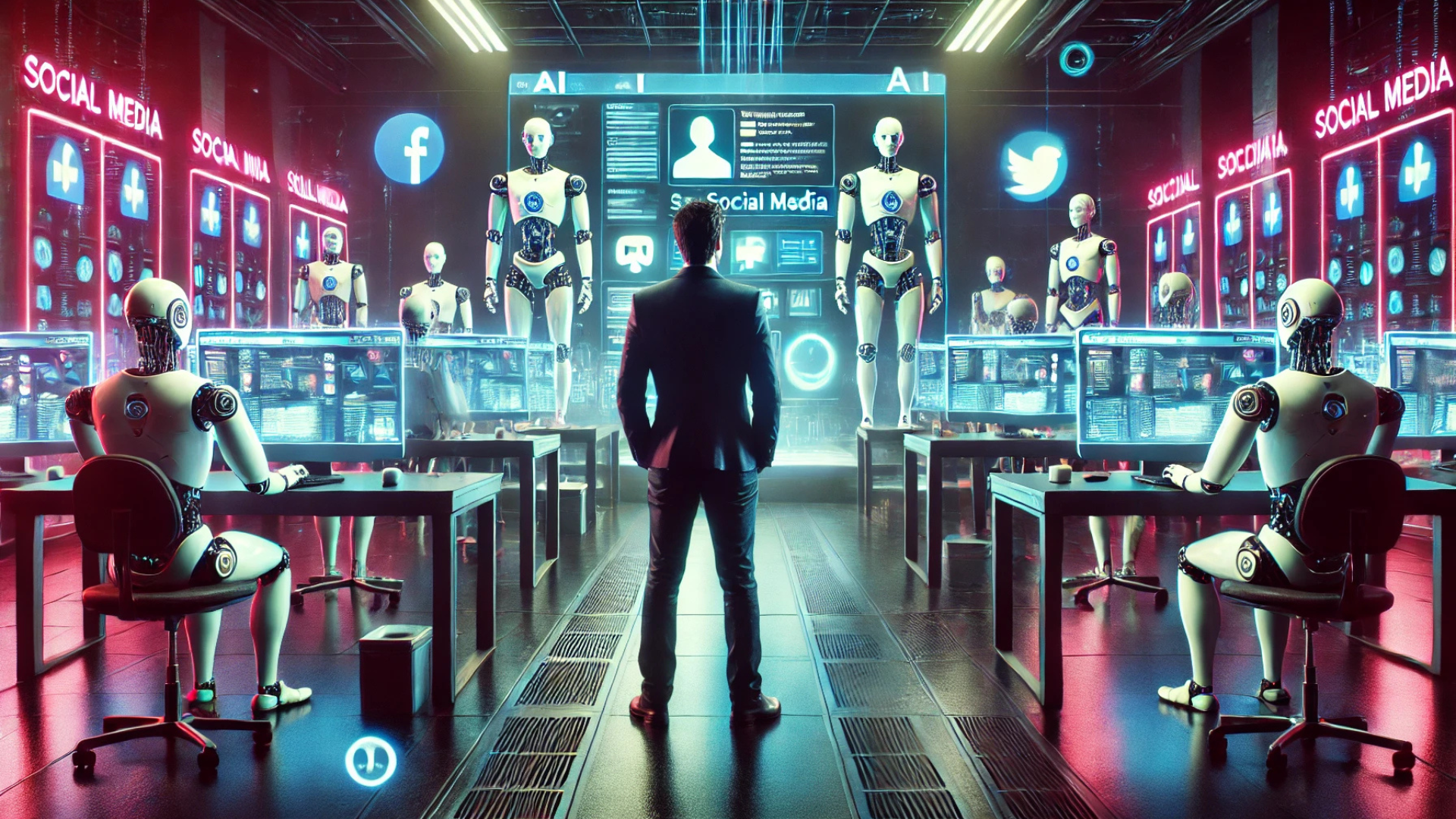
Over the past decade, the creator economy has exploded—yet many content creators, writers, educators, and artists find themselves shackled by centralized platforms. These platforms often impose rigid rules, steep fees, and opaque algorithms that restrict creative autonomy and limit earnings. While web3 solutions have promised greater freedom, they have sometimes fallen short with clunky user experiences and complex onboarding processes. Now, a new wave of blockchain-based autonomous agents is emerging as an innovative alternative, one that could revolutionize content distribution, monetization, and creative freedom.
Creator Assistants: Automating the Mundane
One of the most promising applications of autonomous agents is in the form of creator assistants. These agents are designed to simplify essential tasks such as pricing, licensing, and revenue sharing. By automating these processes, creators can focus more on their craft and less on administrative burdens. Imagine a digital assistant that optimizes pricing strategies in real time based on market demand, or one that manages revenue splits transparently and efficiently. Operating trustlessly onchain, these decentralized agents ensure that transactions are transparent, costs are minimized, and the need for third-party intermediaries is effectively eliminated. Moreover, with programmable rules and onchain verification, creators can explore new revenue streams, such as micro-licensing or fractional ownership of digital assets, while embedding ethical licensing rights directly into their work.
Art Curator Agents: Transforming Digital Art
In the digital art space, autonomous agents are already making waves. These art curator agents are changing how content is curated, traded, and displayed. By autonomously acquiring and managing digital art based on predefined criteria, these agents reduce risks such as fraud or manipulation that are often associated with centralized platforms. Additionally, programmable licensing embedded in the metadata of digital art guarantees that transactions adhere strictly to the creator’s terms. This means that as art circulates across various platforms, creators can rest assured that their rights are upheld and that they receive fair compensation for every transaction.
Intelligent Creative Tools: Co-Creation and Beyond
Beyond administrative and curatorial functions, developers are integrating autonomous agents into creative applications, turning them into intelligent co-creators and managers. These tools can generate, refine, and manage content in innovative ways. For instance, an autonomous agent embedded in a video editing platform might suggest creative edits based on real-time audience engagement data or automatically generate metadata to enhance content discoverability. Because these agents operate using trustless, onchain computation, creators remain independent of centralized APIs that could compromise their data or artistic vision. This decentralized approach not only promotes sustainability and transparency but also frees creators from the vulnerabilities tied to centralized control.
A New Path for Creators
For those just starting to explore decentralized platforms, the shift is particularly significant. Traditional NFTs, for example, often store artwork and metadata separately—a practice that can lead to issues if the centralized storage provider goes out of business or discontinues service. Decentralized platforms like Bazar are addressing these challenges by bundling everything—art, rights, and ownership—into a single, immutable transaction on Arweave. Known as an atomic asset, this approach ensures that each digital creation carries its own rulebook wherever it travels online. Bazar’s experiment with a Universal Data License further empowers creators by embedding clear usage rules directly into the digital work, enabling autonomous agents to act as vigilant digital rights managers.
The Future of Autonomous Agents in the Creator Economy
Looking ahead, autonomous agents are poised to play an increasingly central role in shaping the creator economy. By decentralizing content monetization and distribution, these agents reduce reliance on traditional, centralized platforms and equip creators with powerful new tools. They will not only identify innovative monetization strategies but also streamline business operations through intelligent, data-driven decisions. As these tools continue to evolve, they offer the promise of an economy that prioritizes transparency, empowerment, and sustainable growth, placing control squarely back into the hands of creators.
In this rapidly evolving landscape, blockchain-based autonomous agents are more than just a technological innovation—they represent a fundamental shift in how creators interact with the digital world. By automating mundane tasks, safeguarding intellectual property, and opening new revenue channels, these agents are set to redefine what it means to be a creator in the 21st century. The future of the creator economy is here, and it’s autonomous, decentralized, and undeniably transformative.





















































































